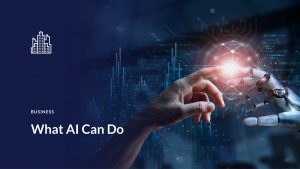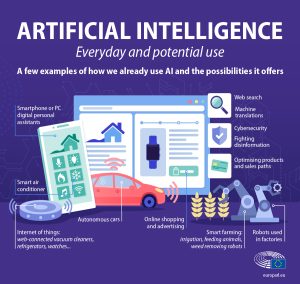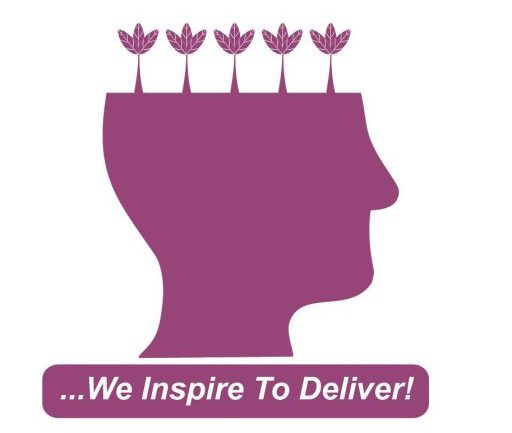
Artificial intelligence (AI) is a term that refers to the ability of machines or software to perform tasks that normally require human intelligence, such as seeing, understanding, learning, reasoning, and decision making. AI is one of the most exciting and rapidly evolving fields of computer science, with applications in various domains and industries.
**Types of AI:
AI can be classified into different types based on the level of intelligence and the scope of the tasks. Some of the common types of AI are:
– **Narrow AI**: This is the type of AI that can perform specific and well-defined tasks, such as playing chess, recognizing faces, translating languages, etc. Narrow AI is the most common and widely used type of AI today, as it powers many products and services that we use every day, such as search engines, voice assistants, social media, etc.
– **General AI**: This is the type of AI that can perform any intellectual task that a human can do, such as understanding and reasoning about the world, solving problems, creating art, etc. General AI is the ultimate goal of AI research, as it would enable machines to have human-like intelligence and capabilities. However, general AI is still a theoretical and elusive concept, as no machine or software has yet achieved this level of intelligence.
– **Super AI**: This is the type of AI that can surpass human intelligence and abilities, and perform tasks that are beyond human comprehension and imagination. Super AI is a hypothetical and controversial concept, as it raises many ethical and existential questions about the future of humanity and its relationship with machines.
**Applications of AI:
AI has many applications and benefits in various domains and industries, such as:
– **Healthcare**: AI can help improve the quality and efficiency of healthcare services, such as diagnosis, treatment, prevention, research, etc. For example, AI can help analyze medical images and data, detect diseases, recommend drugs, design vaccines, etc.
– **Education**: AI can help enhance the accessibility and effectiveness of education, such as personalized learning, adaptive testing, feedback, tutoring, etc. For example, AI can help create customized curricula, assess students’ progress, provide guidance, etc.
– **Business**: AI can help optimize the performance and productivity of business processes, such as marketing, sales, customer service, finance, etc. For example, AI can help segment customers, predict demand, generate leads, automate tasks, etc.
– **Entertainment**: AI can help create and enrich various forms of entertainment, such as games, music, movies, art, etc. For example, AI can help generate realistic graphics, compose music, write stories, create characters, etc.
**Challenges and Risks of AI:

AI also poses many challenges and risks that need to be addressed and mitigated, such as:
– **Ethics**: AI can raise many ethical issues, such as privacy, bias, fairness, accountability, transparency, etc. For example, AI can collect and use personal data, discriminate against certain groups, make decisions without explanation, etc.
– **Security**: AI can be vulnerable to cyberattacks, hacking, manipulation, etc. For example, AI can be corrupted, misused, stolen, etc.
– **Society**: AI can have social and economic impacts, such as unemployment, inequality, polarization, etc. For example, AI can replace human workers, create wealth gaps, influence opinions, etc.
– **Humanity**: AI can challenge the nature and value of humanity, such as identity, creativity, morality, etc. For example, AI can mimic human behavior, surpass human intelligence, question human authority, etc.
**Conclusion:
AI is a fascinating and powerful technology that can transform the world and our lives in many ways. AI can offer many opportunities and benefits, but also pose many challenges and risks. Therefore, it is important to develop and use AI responsibly, ethically, and safely, to ensure that it serves the best interests of humanity and society.
I hope you find this article helpful and informative. If you have any feedback or questions, please let me know.
I hope you enjoyed reading this article. If you want to learn more about any of them, you can leave a comment on the comment section. Have a great day!

This is really interesting and educative. Pls we need more of this type of article.
Even if you get a chance to win the last prize, you still end up making a good profit on your investment.
You can benefit from promotions that are not always
available but can be used when you find them.
Your article helped me a lot, is there any more related content? Thanks! https://accounts.binance.com/uk-UA/register?ref=VDVEQ78S
Your point of view caught my eye and was very interesting. Thanks. I have a question for you.